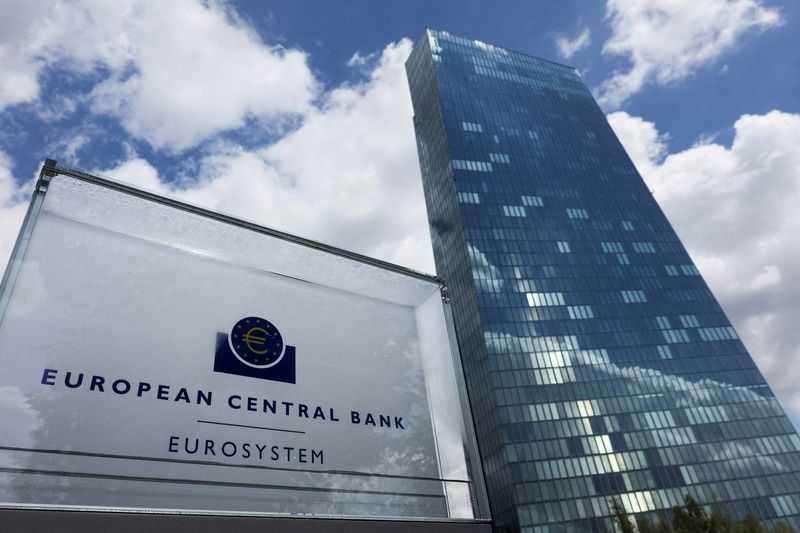S&P 500 cuts losses as Nvidia climbs ahead of results
Investing.com - German headline inflation has continued to slow down, and this is likely to pave the way for further interest rate cuts by the European Central Bank, according to ING.
German inflation fell more than expected in March, data showed on Monday, easing to 2.3%, below the 2.4% expected, after a year-on-year increase in consumer prices of 2.6% in February, based on data harmonised to compare with other European Union countries.
The data comes ahead of the eurozone inflation release on Tuesday, which is expected to remain unchanged at 2.3% in March.
Looking ahead, one important driver of headline inflation will still be energy prices, which have been on a rollercoaster ride in recent months and increased again lately, noted analysts at ING, in a note.
“This is a ride that could easily continue, depending on whether geopolitical tensions soften or escalate,” ING added.
Additionally, the looming escalation of trade tensions and possible European retaliation to U.S. tariffs could add to inflationary pressures in the short run.
“In the longer run, however, any trade war could also turn into a disinflationary force for Germany and the eurozone if growth were to weaken and companies potentially have to sell their increased inventories.”
European goods initially produced for the U.S. market might end up in the European market at dumping prices.
Turning to Germany-specific developments, two additional opposing trends will clearly affect the future path of inflation. On the one hand, the cooling of the labor market should take away wage pressures and consequently inflationary pressure; on the other hand, the delayed pass-through of higher service costs is still in full swing.
“As a result of all of this, we expect headline inflation to remain volatile but to broadly remain within the range of 2% and 2.5%,” ING added.
The ECB has cut interest rates six times since June but has provided few signals about its next move since the most recent reduction of its key deposit rate to 2.5% at the March meeting.
The next rate decision is due on April 17, and it’s clear that all options will be on the table once again.
”The German fiscal U-turn has moved from announcement to reality, but it’s still yet to be implemented. The EU’s efforts to increase defence spending have gained more traction, and U.S. tariffs on European cars have become reality, which could also be the case for blanket tariffs two days from now,” said ING.
At the same time, leading indicators suggest that the ECB’s forecast of 0.2% quarter-on-quarter growth in the first quarter might again have been too optimistic, while inflation continues to slow down.
In short, it looks as if the longer-term outlook for the eurozone has improved, while the shorter-term outlook looks darker again. It’s not easy to conduct monetary policy in such a macro environment.
And despite potential fears of longer-term inflationary risks as a result of fiscal stimulus, the potentially accelerating disinflationary trends in the near term could motivate the ECB to bring policy rates deeper into neutral territory.
